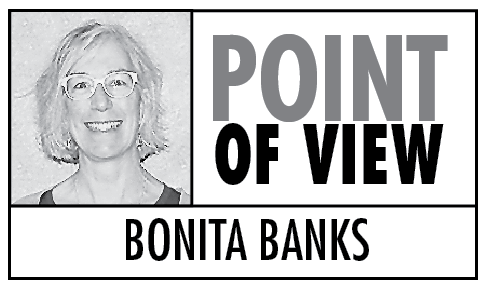The well known phrase “knowledge is power” is an appropriate one to apply to cardiac disease and its preventable risk factors. The Alaska Bureau of Vital Statistics reported that in 2011 the leading cause of death on the southern Kenai Peninsula was heart disease. According to the National Institutes of Health, it is also the leading cause of death in the United States.
The Centers for Disease Control tells us that approximately 80 percent of deaths from heart disease are due to preventable factors. That bears repeating: approximately 80 percent of deaths from heart disease are due to preventable factors. Then why has cardiac disease become the leading cause of death in our community?
These are the risk factors for heart disease we have no control over: age, gender, family history. That’s it. The older we get, the greater our risk for heart disease. Men are at greater risk than pre-menopausal women. After menopause, the risk is the same for both sexes. If an immediate family member has had cardiac disease or a stroke, your risk of having the same also increases.
Now for the risk factors we can manage: high blood pressure, smoking, poor diet, high cholesterol, obesity, diabetes, insufficient physical activity. Risk factors that if properly managed would not only reduce our risk of heart disease, but would reduce our risk for a myriad of diseases by improving our overall health and wellbeing.
According to the World Heart Federation, high blood pressure is the leading cause of heart disease worldwide. When was the last time you had your blood pressure checked? Hypertension rarely has any noticeable symptoms, so people are often unaware that they have this risk factor. Weight loss, exercise, stress reduction and not smoking are some ways to lower your blood pressure.
If you stop smoking, in 15 years your risk for cardiac disease will be the same as someone who has never smoked. Seriously. Even two years after quitting, there is significant reduction in the risk for heart disease. This is according to the World Heart Federation, which also tells us smoking alone is responsible for 10 percent of all heart disease. There is much support to stop smoking, including the Alaska Tobacco Quit Line (800-784-8669).
It is probably safe to say that almost all of us could improve on the food we eat. As Bette Seaman, clinical dietitian at South Peninsula Hospital says, “We all start from where we are, and make improvements from there. We can change what we eat and/or we can change how much we eat.” This approach is one we can all take, no matter where we are starting from.
With poor diet comes elevated cholesterol. Improve your diet and you can improve your cholesterol levels. Eat more fish; eat less saturated fat. An increase in physical activity can also help improved your cholesterol levels. And don’t smoke.
There is a trend happening here. One risk factor impacts another. Make changes in any one area and you can improve more than one risk factor. Obesity is related to high blood pressure. Diet and exercise can help you lose weight, and can help control diabetes. Physical activity can lower blood pressure, help you lose weight, etc.
Individuals at high risk or who are already diagnosed with heart disease may be on a medication regimen to lower their risk for a cardiac event, such as heart attack or stroke. In a meta-analysis published in the American Journal of Medicine (2012) that looked at data on more than 376,000 people taking cardiac medications, it was found that only 57 percent of the people adhered to taking their medications as prescribed over a two-year time period. Potentially serious consequences may occur when heart medications are not taken as ordered.
Information on cardiac medications and heart disease prevention will be presented at a public forum at 6 p.m. Feb. 19 at Alaska Islands and Ocean Visitor Center. Speaking will be Dr. George Rhyneer, cardiologist, and Doug Duncan, pharmacist.
Additional information on heart disease can be found from the American Heart Association, the World Heart Federation, the National Institutes of Health, and the CDC.
We want our community to be healthy, and we need to help each other reduce risk factors for heart disease. Walk the bike path, trails, and the beach. Shop the vegetable aisle and the farmer’s market. Call the Quit Line. Use the knowledge; use the power. Let’s reduce the rate of deaths from cardiac disease together.
Bonita Banks, BSN, RN, CRNI, is the health and wellness educator for South Peninsula Hospital. Returning to Homer after an 11 year hiatus, she is excited to work with the hospital and the community on matters of health and wellbeing.



